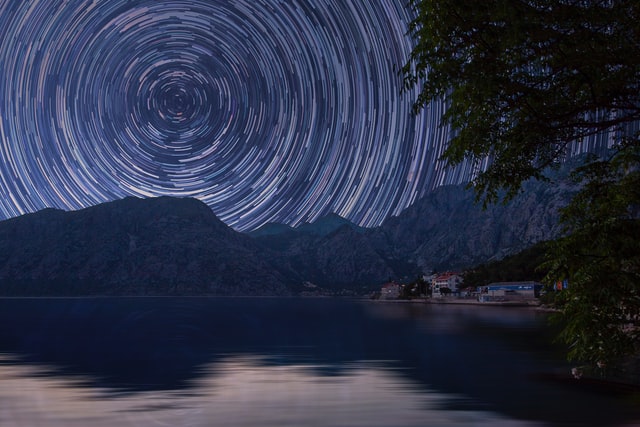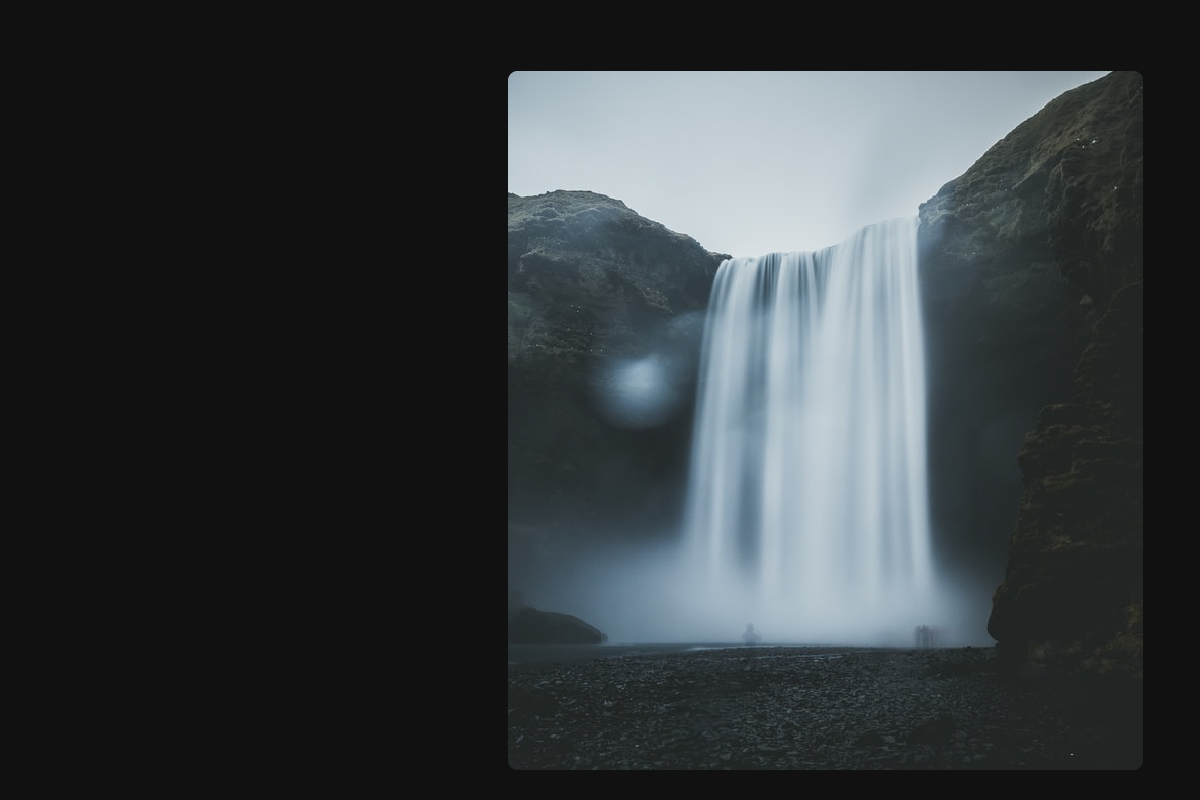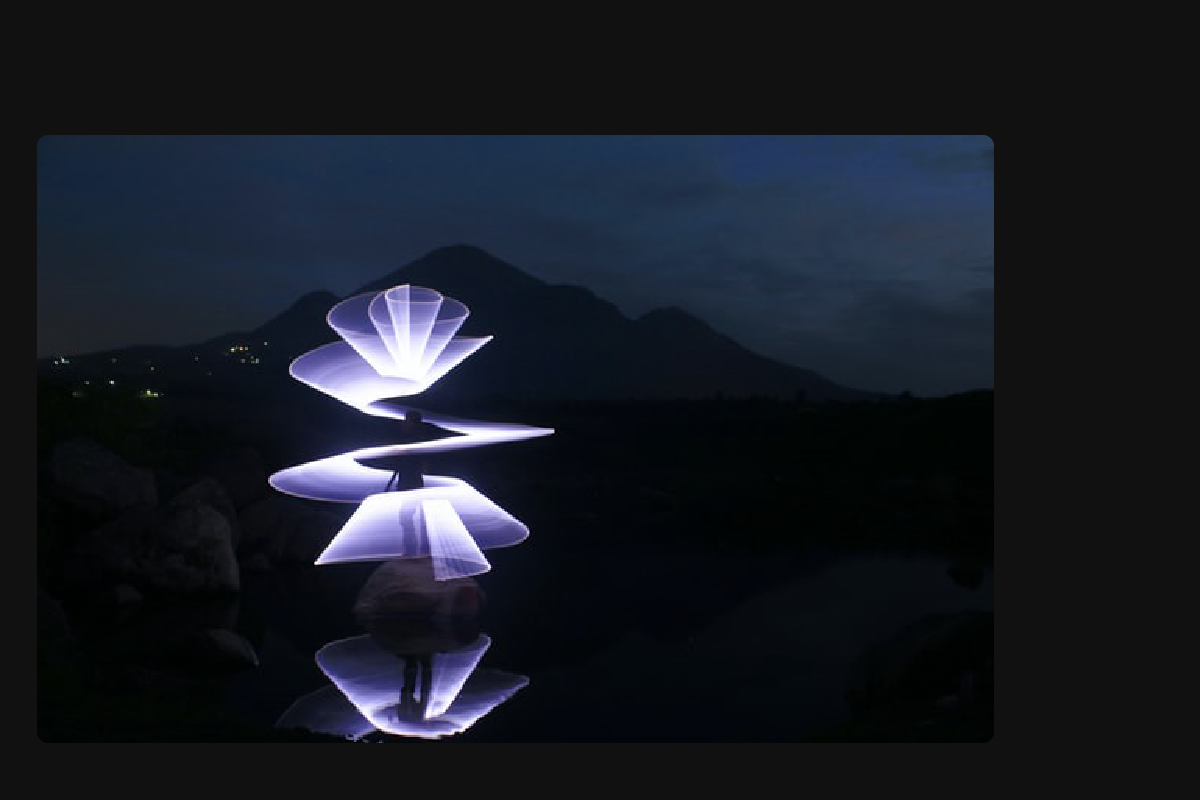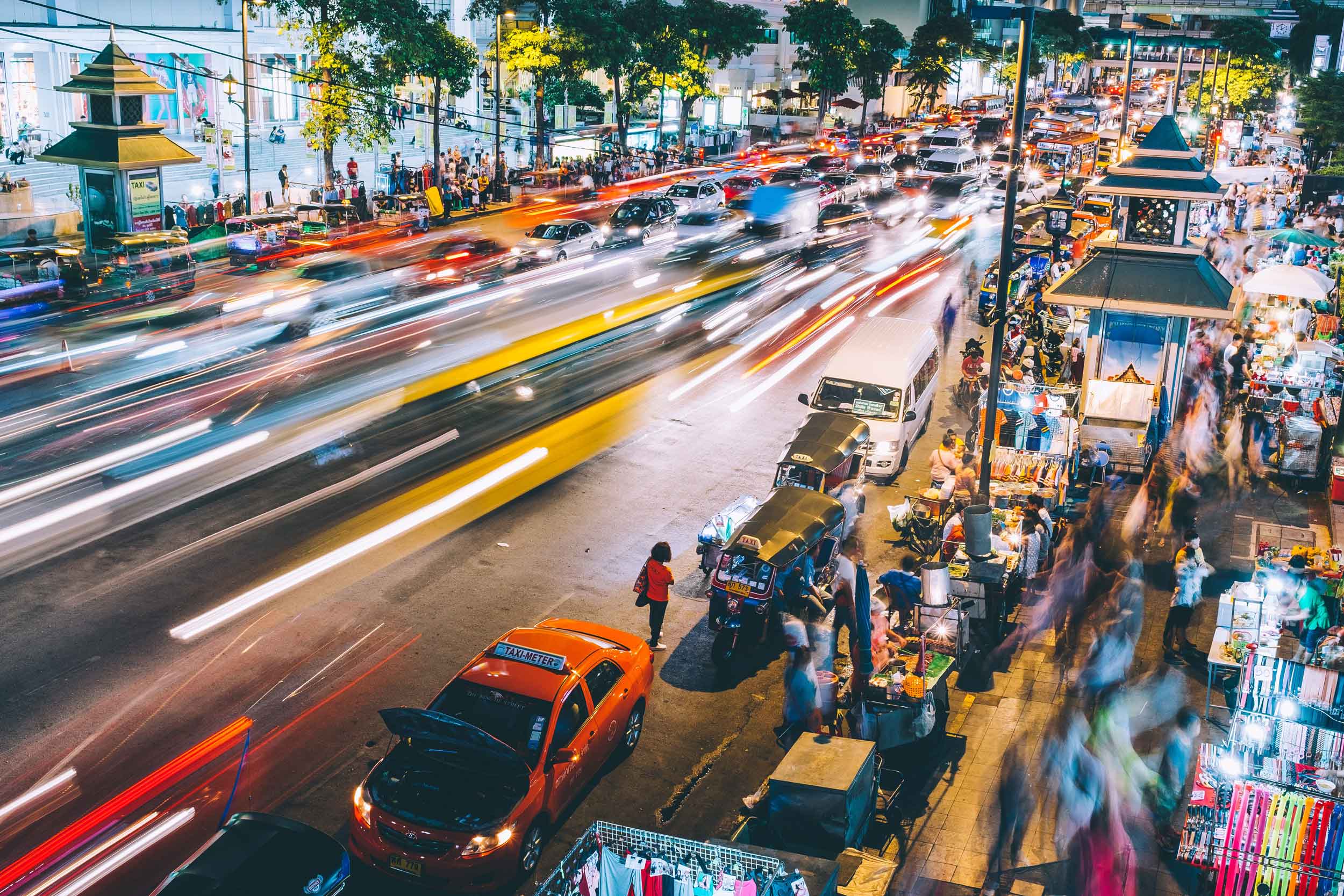
Auf Wunsch vieler User haben wir im letzten Sommer die Langzeitbelichtungsfunktion implementiert. Da das Unleashed viele technische Möglichkeiten bietet, war es naheliegend das auch zu realisieren. Damit ersetzt das Unleashed einen weiteren wesentlichen Teil eines klassischen Intervallometers – neben Intervallaufnhamen eben auch das Bulb-Fotografieren ohne die Kamera zu berühren. Zusätzlich bietet das Unleashed auch die Möglichkeit, die Länge des Fotos individuell zu bestimmen – sprich einmal den Auslöser drücken und der Rest geschieht automatisch. Mehr dazu aber weiter unten. Dies ersetzte die Blitzkompensationsfunktion des Unleashed, die, wie wir feststellten, nur von wenigen Usern genutzt wurde, und machte Platz für die Langzeitbelichtungsfunktion. Da wir noch keine gesonderte Anleitung zu dieser Funktion gemacht haben, geben wir hier einen Überblick darüber, wie man mit dem Unleashed tolle Langzeitbelichtungen macht!
Definition von Langzeitbelichtung
Falls das Thema neu für dich ist, hier eine kurze Definition: eine Langzeitbelichtung ist ein Foto, das mit einer viel längeren Belichtungszeit als üblich, etwa 1 Sekunde und länger, aufgenommen wurde. Dadurch kann man sehr dunkle Motive wie den Nachthimmel fotografieren und absichtliche Bewegungsunschärfe in Fotos festhalten. Die Bewegung von Wasser, Wolken, Autos usw. wird durch die lange Belichtungszeit geglättet, wodurch sehr weiche, fließende Effekte entstehen.

Mit der Unleashed App Langzeitbelichtungen schießen
Es gibt drei Möglichkeiten, um eine Langzeitbelichtung aufzunehmen. Für die erste muss man einfach die Belichtungszeit auf bulb stellen, sicherstellen, dass man im manuellen Modus (M) ist, und den Auslöser so lange gedrückt halten, wie die Belichtung sein soll. Das funktioniert bis zu einem bestimmten Punkt sehr gut, aber es wäre unmöglich, den Auslöser für mehrere Minuten, geschweige denn Stunden, gedrückt zu halten. Hier kommt die Long Exposure Duration Einstellung (Long Exp in der App) ins Spiel: Sie ermöglicht es in 1/3-Schritten eine präzise Zeit bis zu 4,6 Stunden zu wählen. Oder wählen man wählt den Time-Modus, bei dem man einmal drückt, um den Verschluss zu öffnen, und ein weiteres Mal, um ihn zu schließen. In beiden Modi hält das Unleashed den Auslöser gedrückt, so dass man ihn nicht mehr manuell halten muss. Natürlich kann man auch zu einem früheren Zeitpunkt abbrechen. Wie üblich schießt das Unleashed auch dann weiter, wenn man die App schließt oder sich mit dem Handy außer Reichweite begibt – man muss weder verbunden bleiben noch die App offen lassen!
Die Langzeitbelichtungsfunktion eignet sich perfekt für Nachtaufnahmen, Sternenspuren, Lichtmalerei und Fotografie mit ND-Filtern. Weitere Inspiration und Informationen zu Langzeitbelichtungen kannst du in unserem Blog-Artikel dazu finden.

Wir hoffen, das hilft dir die Langzeitbelichtungsfunktion deines Unleashed besser zu verstehen und zu nutzen. Markiere uns wenn du ein Bild postest, was mit dem Unleashed gemacht wurde – wir freuen uns darauf deine Fotos zu sehen!



